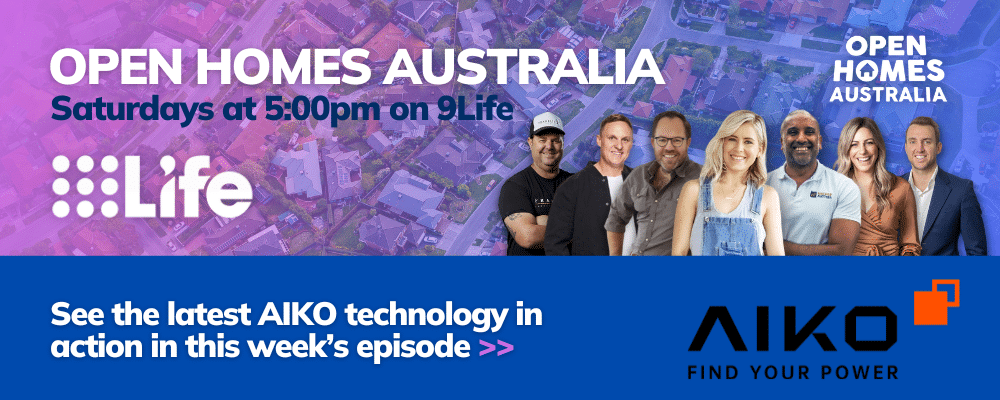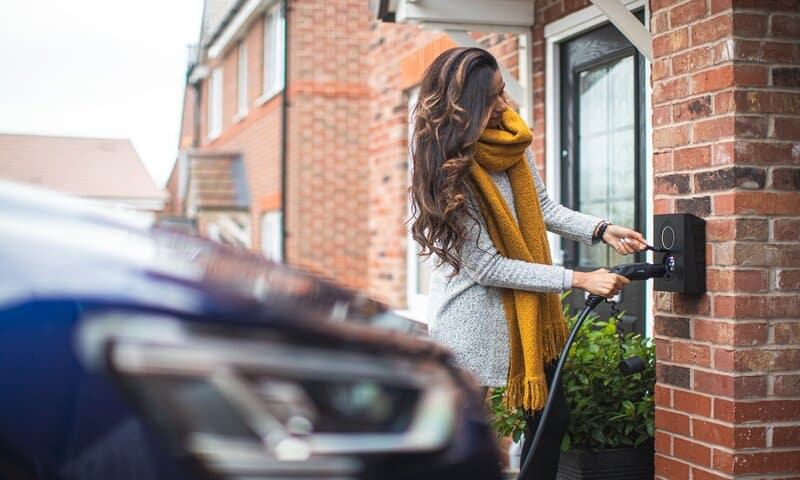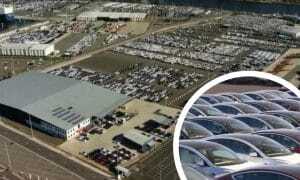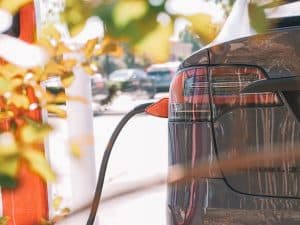A growing number of homeowners in Australia are switching to renewable energy sources, which has seen a sharp increase in electric vehicles (EVs) on the road.
EV uptake has reached a new high, with 33,410 EVs sold in 2022. Well-known manufacturers are launching new EV models that are hard to ignore. Tesla Motors leads the way with 58.6 per cent of total EV sales in 2022, with 19,584 EVs sold in Australia.
Eventually, many households will have to work with multiple EVs in their garage—and although this is great news, many wonder how they can charge several EVs in their homes at once.
Is it possible?

Using Level 1 charger
EVs come with a Level 1 charger that plugs into any standard outlet that is convenient yet slow. Level 1 chargers add approximately 10km of range per hour, which is ideal for short commutes. Running two extremely long cords from the vehicles to two outlets will work for homes with two EVs. Yet, there is another option.
Using a Level 2 EV charger
A Level 2 charger is a more practical solution for homes because they are faster and relatively affordable. This type of EV charger adds approximately 40km of range with each hour of charging.
Homeowners should connect the Level 2 charger to a circuit from the breaker panel where the charger is set up. That means installation requires a dedicated circuit, which could also mean upgrading the electrical panel.

A Level 2 single-phase charger will draw more current than a standard wall socket, and many reputable brands offer this.
On the other hand, the Level 2 three-phase EV charging delivers the highest power outputs of all AC charging stations. However, this comes with a heftier price tag because many households don’t have the necessary infrastructure. Hence, labour costs are more expensive. A three-phase Level 2 charger would add approximately 130km of range per hour of charging.
Using load management
Remember that the capacity of your electricity supply limits the number of EV chargers you can install. Your DNSP has the final say based on Australian Standards and relevant State electricity regulations.
Now, load management allows wiring and switchboard to use smart devices to manage the current draw available to each unit and prevent system overload.

This can be done by power sharing, in which some chargers can be configured to set a maximum power limit shared by all installed chargers. Power sharing is achieved by using a smart device that communicates to all configured devices via WiFi, Ethernet or Open Charge Point Protocol (OCCP).
Another load management method is dynamic load balancing, where it takes additional loads if homeowners have no choice but to put a load of washing on while charging up the EVs. This load management type considers a household’s electrical capacity in real-time. There are also some devices with dynamic load balancing that can interact with solar inverters.
If you have yet to test-drive an EV, why not book a test-drive today?
Using a home assistant
A home assistant also enables charging several EVs at once in your home. You can control two EV chargers with the app and operate them one at a time or limit the current on each.

Using third-party apps
Many third-party apps today can be used with a home assistant or an If This Then That (IFTTT). They have different levels of functionality based on supported hardware and communication protocol.
The rise of bi-directional chargers
Bi-directional chargers are on the rise. They operate from the charging source to the EV and from the vehicle to the grid and/or house. It converts AC to DC during charging and DC to AC during discharging.
Although bi-directional chargers are still rare in Australia, it will likely take off soon. Last month, Enphase successfully demonstrated their bidirectional EV charger, and they expect it to allow for vehicle-to-home (V2H) and vehicle-to-grid (V2G) functionality.

In December 2022, EV owners in South Australia (SA) can apply to SA Power Networks to install V2G bi-directional chargers.
Energy Matters has over 17 years of experience in the solar industry and has helped over 40,000 Australian households in their journey to energy independence.
Complete our quick Solar Quote Quiz to receive up to 3 FREE quotes from trusted local installers – it’ll only take you a few minutes and is completely obligation-free.
Our professional solar installers in Melbourne will assess and determine your energy needs. We customise a solar panel system in Melbourne to fit the roof size of your property, ensuring you receive the most suitable solar panel system for your Melbourne home, meeting to property’s energy requirements.













































